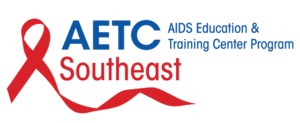HIV and Oral Health: Treating Patients with HIV (PWH) In the Era of COVID-19
Table of Contents
- What is Coronavirus disease 2019 (COVID-19)?
- COVID-19 Transmission
- Aerosol-Generating Procedures
- Rapid Contamination
- Dental Practice Protocols
- HIV and COVID-19
- HIV, COVID and Oral Health
- Oral Health Recommendations
- Resources
Editors
Mark Schweizer, DDS MPH
Dental Director, Southeast AIDS Education Training Center
